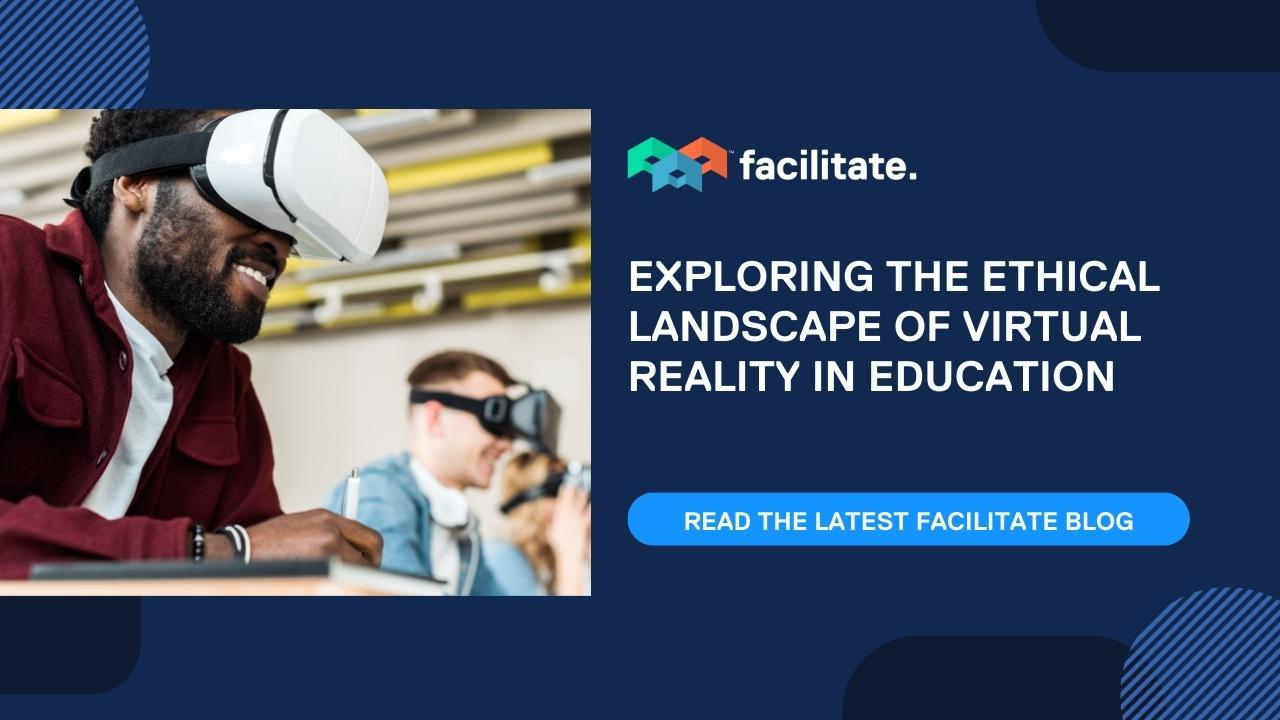Exploring the Ethical Landscape of Virtual Reality in Education

Virtual Reality (VR) has ushered in a new era of possibilities in education, revolutionizing the way students learn and engage with educational content. However, the integration of VR into educational settings raises important ethical considerations that must be addressed. In this blog post, we will delve into the ethical landscape of VR in education, highlighting the key considerations and emphasizing the importance of responsible and inclusive adoption.
Inclusivity and Accessibility
One of the primary concerns when implementing VR in education is ensuring inclusivity and accessibility for all students. As educators embrace this technology, they must consider how to make VR experiences accessible to students of all abilities, socioeconomic backgrounds, and geographical locations. Collaborative efforts between educational institutions and technology providers are crucial to promote inclusivity and prevent the creation of additional barriers in education.
Privacy and Data Security
With students immersing themselves in virtual environments, protecting their privacy and sensitive data becomes paramount. Establishing robust data protection protocols is essential, as is ensuring that VR platforms and applications adhere to strict privacy standards. Educational institutions must prioritize safeguarding students' privacy and data to foster a safe and trusted learning environment.
Ethical Content Creation
VR experiences have the power to shape students' perspectives and beliefs. Guidelines for ethical and unbiased content creation must be established to harness this potential responsibly. Promoting content development that respects diverse cultural, social, and ethical values is imperative. By doing so, educators can create an inclusive learning environment that nurtures critical thinking and open-mindedness.
Digital Well-being and Safety
Extended exposure to VR technology can impact students' physical and mental well-being. Balancing immersive experiences with students' health and safety is crucial. Learning and technology design frameworks should prioritize the well-being of students and aim to minimize any potential negative effects. Additionally, further research into the long-term effects of VR use will contribute to evidence-based decision-making and ensure the responsible use of this technology.
Conclusion
As VR continues to transform education, it is vital to approach its implementation with careful consideration of the ethical implications. Inclusivity, privacy, ethical content creation, and digital well-being are key areas that require attention. By addressing these considerations, educational institutions can leverage the immense potential of VR while ensuring responsible and inclusive adoption. The future of education is undoubtedly being shaped by VR, and by navigating the ethical landscape, we can maximize its benefits while minimizing any potential risks.
